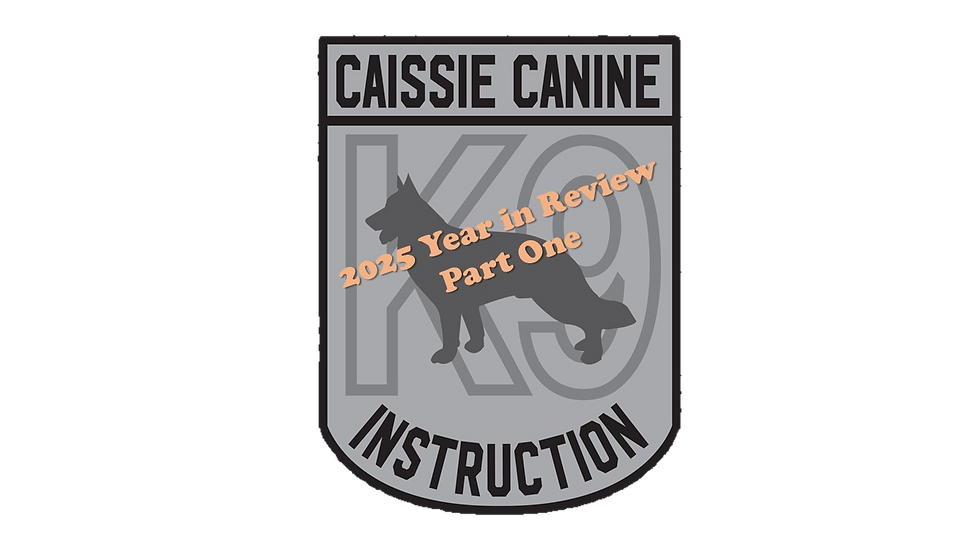Caissie Canine Instruction: “How Do Dogs REALLY Age?”
- caissiecanineinstr

- May 22, 2023
- 2 min read

We begin this week’s “RUFF TAILS” featuring Carson, the “Westie who’s the bestie!”.
Hi, my name is Carson. I was born on June 13, 2005 and have lived in Oshawa all my life.

Being a West Highland White Terrier, I love the outdoors, and my backyard is my playroom!
Every time my mom or dad would cut the grass, I’d love to roll around in it, but for some reason I’d come out of it a different colour!

I’m going to be 18 years old in just a few weeks, and although I’m not as energetic as I used to be, I still love hanging out in the back yard….only a little more chillaxed!
Welcome to Doggie Dialogue
Different K9 breeds do age differently, smaller dogs do tend to live longer than larger dogs. However, there is always an exception, as you do hear wonderful stories of K9’s living 20 plus years, no matter what size they are.

I grew up in the era where we were taught that our family dog at one “dog year” was equalled to seven “human” years.
Now with DNA and science-based research this theory maybe not as cut-and-dried.
The ratio 7:1 was based on a human living approximately 70 years of age and their dog living to 10 years of age.

The general guideline, from the American Veterinary Medical Association break it down as such:
Fifteen “HUMAN” years equals the first year of a medium-size dog’s life. This is why Paul encourages everyone to get your K9 training in at a young age, if possible. Your K9 goes from puppy (baby) to young adolescent (teenager) in their FIRST year.
There is a lot of growth, changes and behaviours that occur in such a short time period.
According to the American Veterinary Medical Association, the second year of your dog’s life is equal to about nine “HUMAN” years. (From teenager to adult)
This is why Paul recommends all your K9 training should be completed within the first 2
years of your dog’s life, if possible.
Paul realizes this is not always the case, especially with K9 rescues, adoptions, and rehomed dogs, therefore obedience and behaviour programs are made available to help assist in rectifying these unwanted behaviours, that your K9 may have learned in their early days, before you entered their lives.

Sometimes you must meet the dog at where they are at in their lives and encourage behaviour modifications slowly and consistently.
When your K9 reaches adulthood, approximately 2 years old, then your dog will age approximately 5 years to our one “HUMAN” year, thereafter.
The “senior” classification for a medium-to-large K9 is roughly 5-6 years of age. Smaller dogs are classified “seniors” around 7-8 years of age.
An example, according to the Great Dane Club of America, the life expectancy for a Great Dane is approximately 7-10 years old.

Therefore at 4 years of age a Great Dane would be already 35 years old in “HUMAN” years.
The below chart is a wonderful comparison chart of the size and weight of your dog at a particular K9 age that equates into “HUMAN” years.





Comments